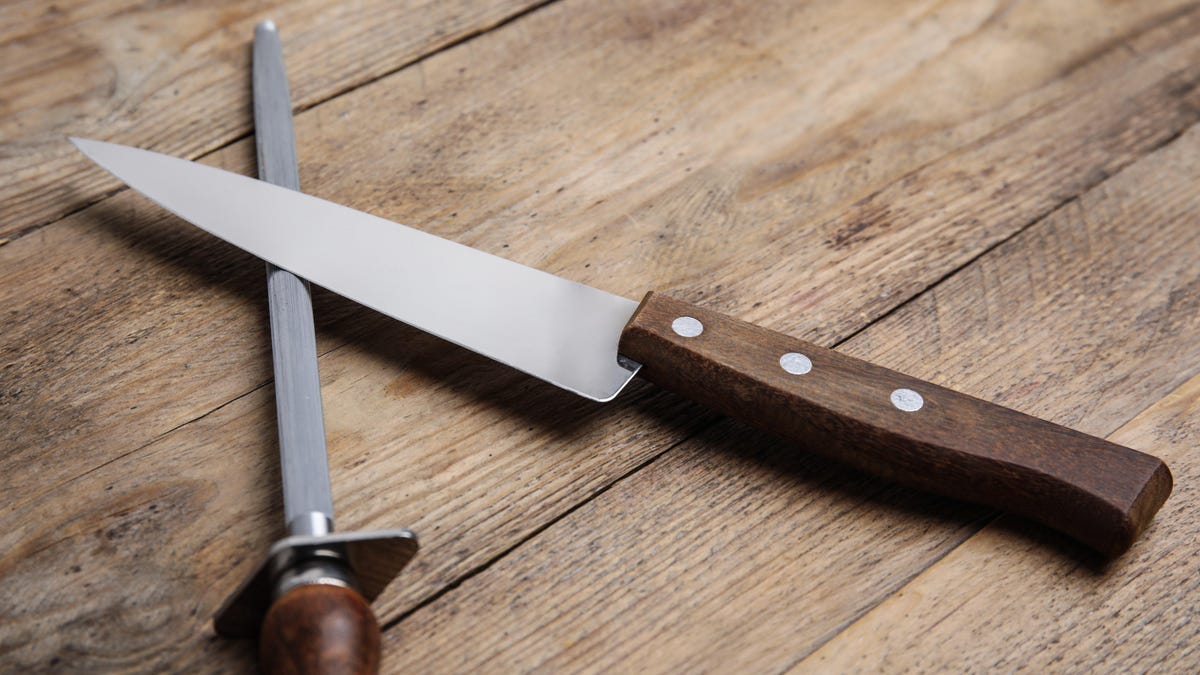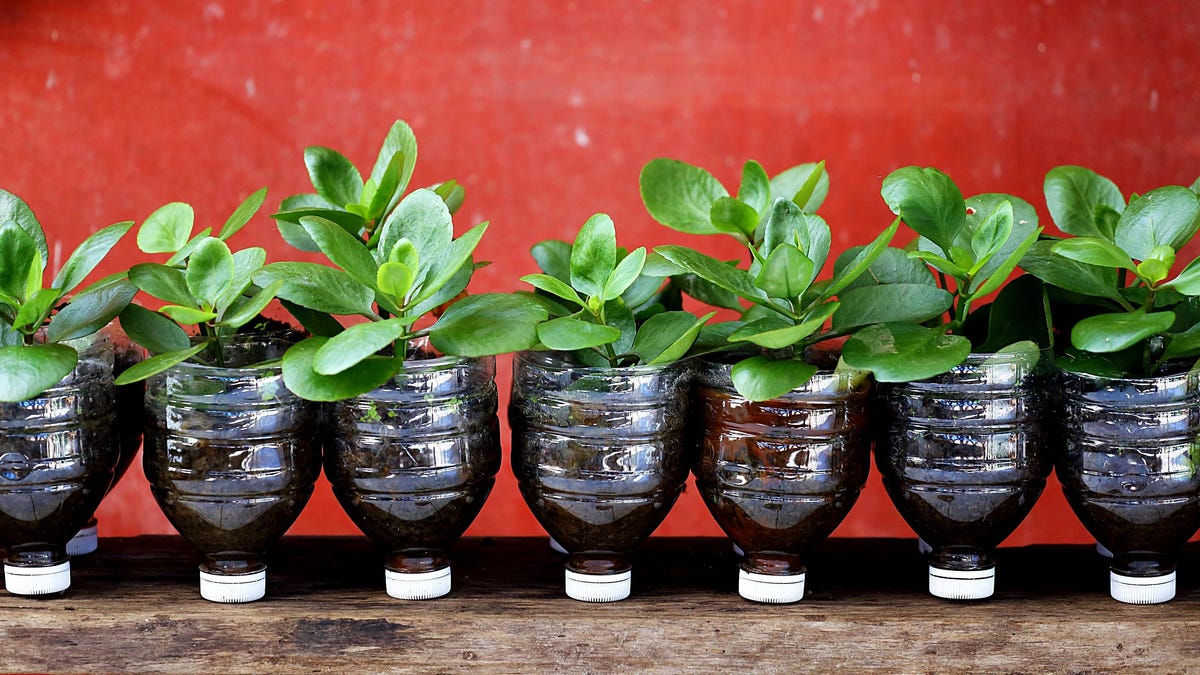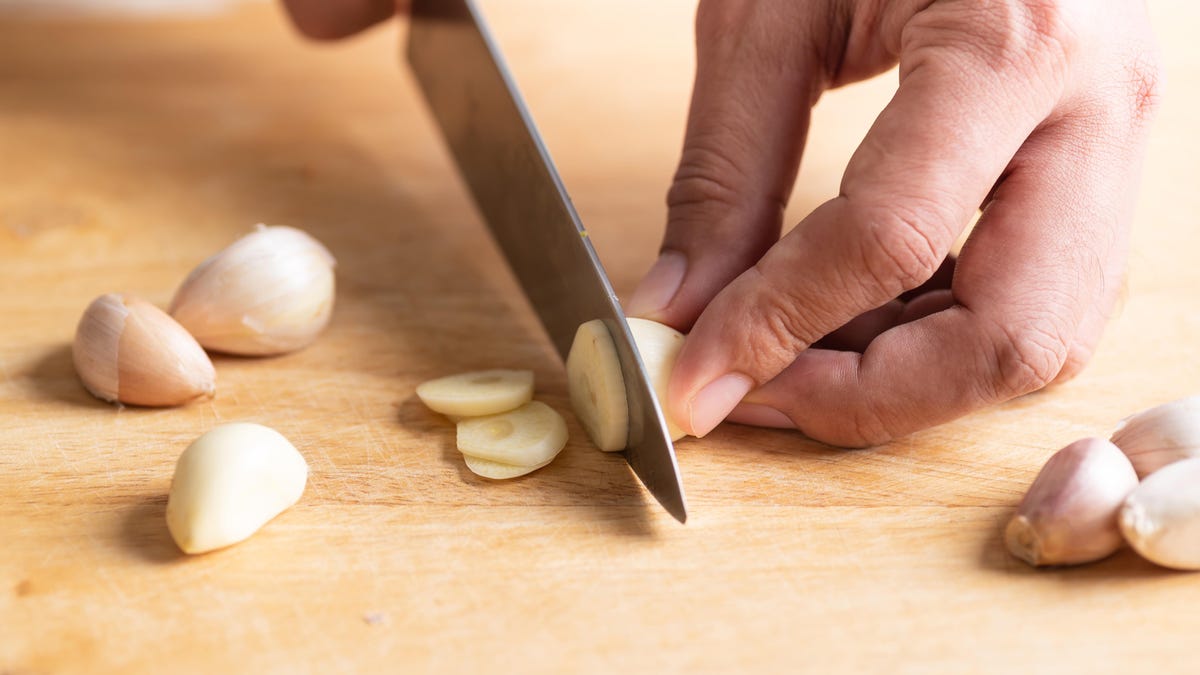The Difference Between Honing and Sharpening Your Knives (and Why It Matters)
I did not learn knife care from my parents, and that is a good thing. Their preferred method of knife maintenance is simple: Buy a block of knives from a big box store and use them until they are...


Photo: New Africa (Shutterstock)
I did not learn knife care from my parents, and that is a good thing. Their preferred method of knife maintenance is simple: Buy a block of knives from a big box store and use them until they are dull, then buy a new block of knives from a big box store. It seems to work for them. If you’ve ever purchased one of those knife blocks, you probably noticed it came with a textured metal stick, sometimes called a “sharpening steel.”
But this stick does not sharpen. It hones. Honing is also an important part of your knife care, but it does not negate the need to sharpen your knives—nor does sharpening does not mean you don’t need to hone them. In fact, you should hone far more than you sharpen.
What is honing?
To understand the difference between honing and sharpening, you have to understand how a knife blade works. Even the thinnest, smoothest looking blade is serrated, you just can’t see the teeth. But those microscopic teeth are what do the cutting, and they work best when they are all pointing in the right directing. Honing is what aligns the teeth; sharpening creates new teeth by grinding off dulled metal.
Which should you do first?
An un-
honed blade with misaligned teeth can still cut, it just won’t do so
smoothly
or precisely,
and it will need to be sharpened more frequently. A dull blade is a little more obvious: You’ll have to apply more pressure to make a cut, which is what leads to most kitchen cutting accid
ents
.
Not sure if your knife needs to be sharpened?
T
ry the onion test,
as recommended by Misen:
If you’re trying to decide whether your knife needs to be sharpened, an onion can tell you. A sufficiently sharp knife will cut cleanly through the onion. If your knife is dull, you’ll damage the onion’s cell structure as you attempt to cut it.
If your onion slices come out all raggedy, sharpen your blade, then maintain the teeth with regular honing. If you have a knife you really care about, honing after each use is the best practice.
How to hone
As KitchenKnifeGuru explains in the above video, honing is the delicate act of pushing those little teeth back in alignment. There are three things to remember when honing a knife:
1) Find the right angle and keep it there. (I’ll get to that shortly.)
2) Don’t press hard. Just a little more than the weight of the knife itself.
3) Don’t overdo it. Generally, 3 or 4 swipes per side’s enough.
The angle needed will depend on the where your knife was made. According to KitchenKnifeGuru, most German and Western knives should be honed using an angle of around 20 degrees, though some Henckels and Wusthof factories sharpen to 14–15 degrees; most Japanese knives are sharpened between 11-15 degrees. When in doubt, contact your knife manufacturer.
To hone, hold your honing steel perpendicular to the table or countertop with your non-dominant hand, keeping the tip resting on a folded dish towel. Hold your knife in your dominant hand at the appropriate angle, with the base of the knife at the top of the hone. Pull the knife towards you as you slide it down the steel—with light pressure—finishing at the tip. Repeat on the other side of the blade. Repeat two or three more times per side, then try slicing a sheet of paper. If it slices cleanly, you’re done. If not, re-hone a couple of more times until it does.
And if honing doesn’t seem to be cutting it, perhaps it’s time to sharpen. Once a knife is sharp, honing it regularly should keep it in good, slicing and dicing order for some time. (A well-maintained knife only needs to be sharpened a couple of times a year.)

 Konoly
Konoly 
































